Hybrid vehicles have become a staple in the automotive world, offering improved fuel economy and a reduced environmental impact. They combine an internal combustion engine with an electric motor and a battery pack. One of the biggest concerns for anyone considering a hybrid is the longevity of the battery.
While manufacturers often advertise long warranty periods, the actual lifespan of a hybrid battery can vary significantly depending on the model, usage patterns, and design. Some batteries are known to last well over ten years without major degradation, while others begin to show signs of failure much earlier, sometimes before the five-year mark.
This disparity is not always about technology alone. It’s also about how the vehicle was engineered, the quality of the materials used in the battery pack, the thermal management systems, and how frequently the battery gets charged and discharged. Environmental conditions, such as heat and humidity, also play a significant role.
Owners who live in mild climates and use their vehicles consistently for longer trips often see better battery health over time. On the other hand, hybrids used mostly for short city commutes or kept in harsh weather conditions may experience battery issues sooner than expected.
When the battery of a hybrid fails prematurely, it can become a significant financial burden. Replacing a hybrid battery can cost anywhere from $2,000 to $6,000, depending on the make and model. Some cars also make it difficult to replace only a section of the battery, which means owners have to swap out the entire pack even if only a portion is underperforming. Meanwhile, hybrids that come with batteries designed for long life can offer peace of mind and years of low-maintenance driving.
In this article, we’ll go through five hybrids known for having batteries that often last a decade or longer. Then, we’ll look at five models that have gained a reputation for battery problems within the first five years. Each section will highlight the vehicle’s reputation, typical battery performance, design strengths or weaknesses, and ownership costs related to battery replacement. This can help potential hybrid buyers make informed decisions and avoid unwelcome surprises after a few years of ownership.
Also Read: 5 Obscure Japanese Cars That Don’t Fail vs 5 European Icons Prone to Breakdowns
Hybrids With Batteries That Last a Decade
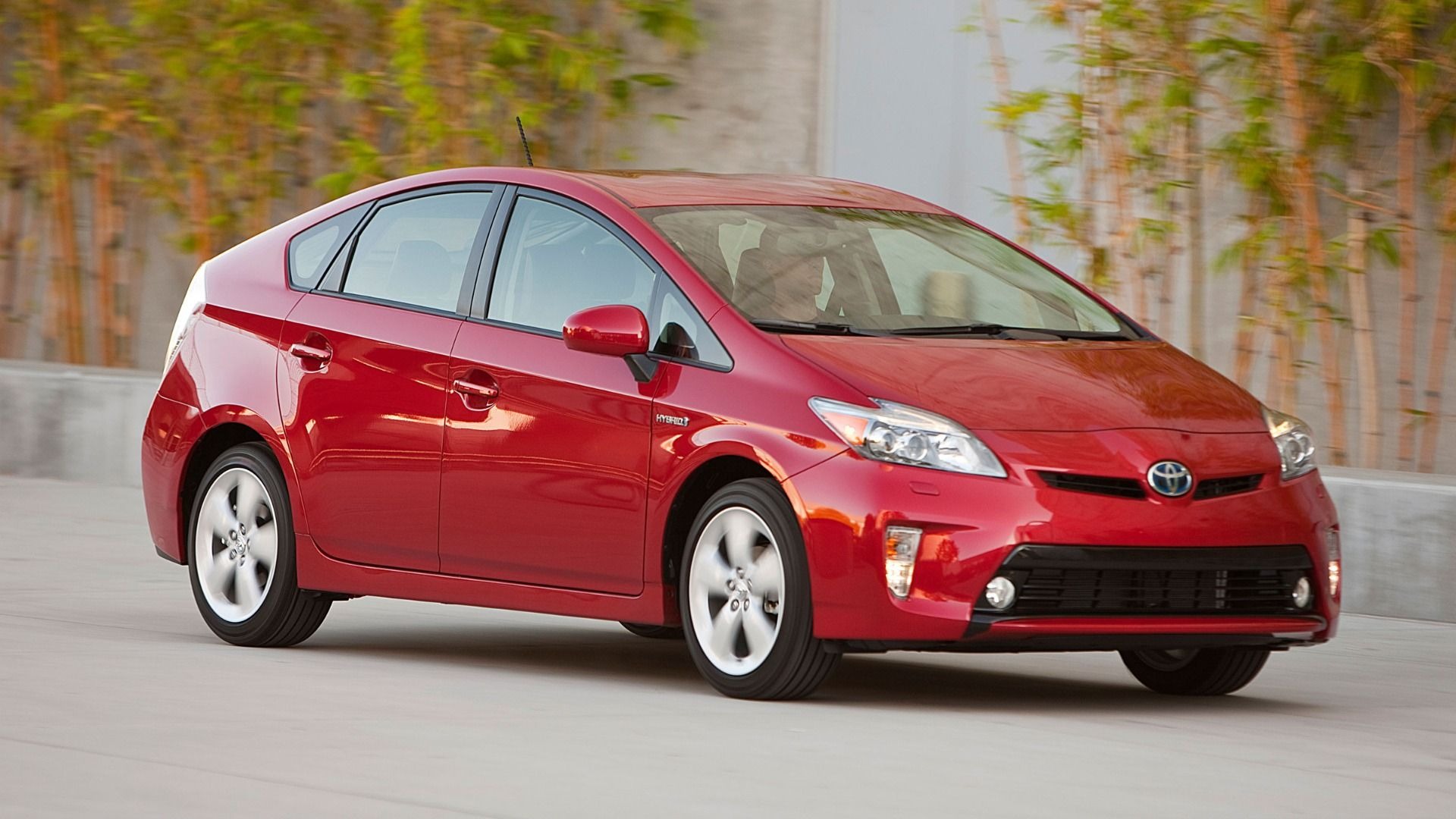
1. Toyota Prius (2004–2015)
The Toyota Prius has built its reputation not just on fuel efficiency, but also on durability. One of the key reasons it remains a favorite among hybrid owners is the consistent performance of its battery over long periods. The second and third generations in particular, sold between 2004 and 2015, have shown remarkable battery longevity.
Many owners report getting 200,000 miles or more without ever having to replace the original hybrid battery. This is largely due to Toyota’s conservative battery management system, which prevents overcharging and over-discharging.
Another reason the Prius has long battery life is its use of nickel-metal hydride (NiMH) batteries, which tend to be more tolerant of temperature extremes than some early lithium-ion options. Toyota engineered the system to use only a narrow band of the battery’s capacity, keeping it between roughly 40% and 80% charged. This limits degradation over time. Even in older models with high mileage, battery performance tends to degrade gradually, rather than failing outright.
Thermal management plays a big role as well. The Prius includes a battery cooling fan, and the battery pack is located in a position that keeps it away from the most extreme temperatures. The fan helps regulate internal battery temperatures, reducing the risk of heat-related damage. Owners who regularly clean or replace the air filter for this cooling system often report better battery health in older vehicles.
The battery cost, if replacement is ever needed, is also relatively affordable compared to many other hybrids. A new pack can often be installed for around $2,000 or less, and refurbished options bring the cost down even further. Because of the car’s popularity and parts availability, labor costs are also manageable. This makes the Prius not just long-lasting, but economical in the rare case the battery does need attention.
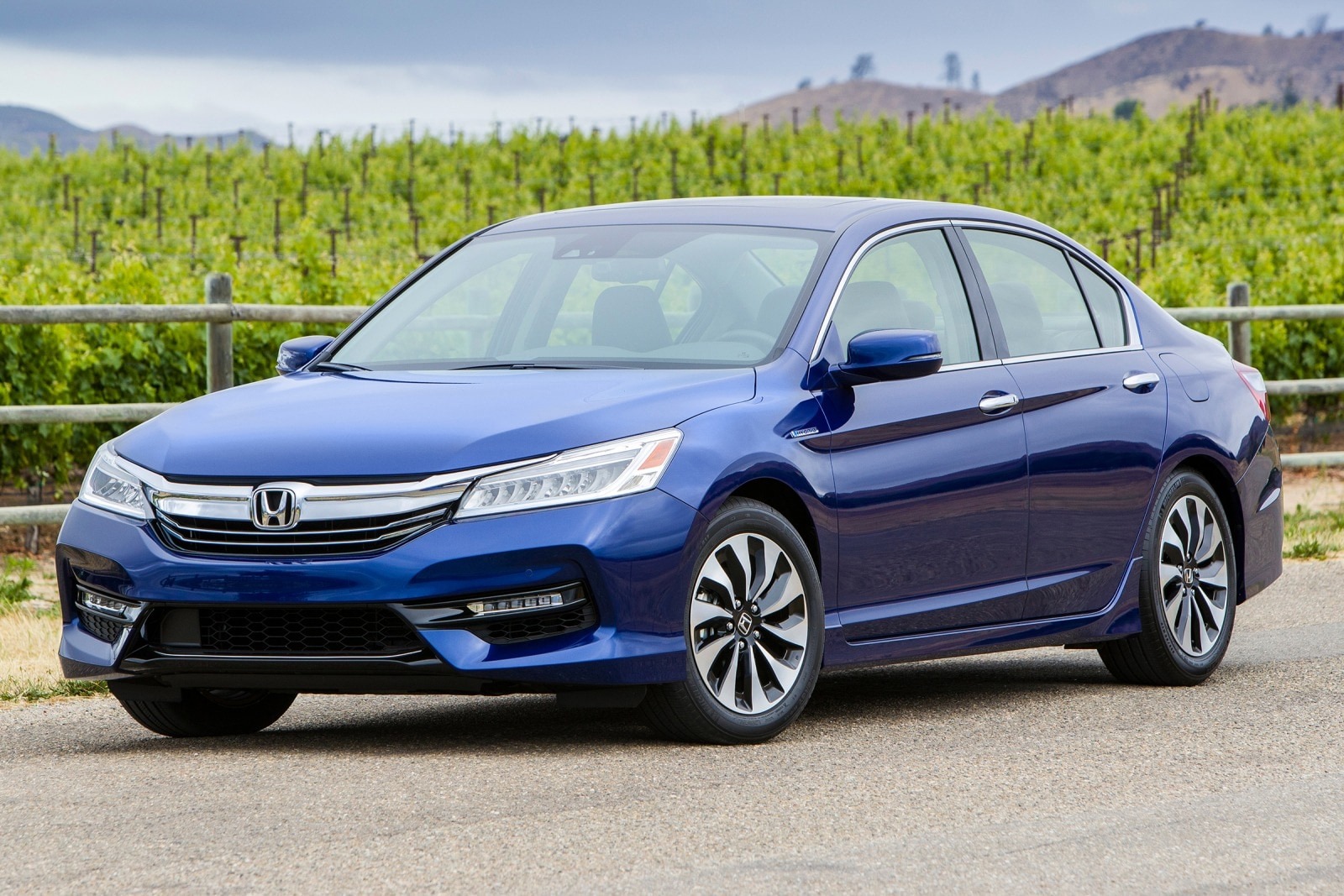
2. Honda Accord Hybrid (2014–2017)
The 2014–2017 Honda Accord Hybrid proved to be one of Honda’s most well-rounded hybrid offerings. While earlier Honda hybrids, such as the Civic Hybrid, faced battery-related challenges, the Accord Hybrid showed real improvement. The battery pack in this model uses a lithium-ion design, which benefits from a more advanced thermal control system. These years of the Accord Hybrid earned high marks for reliability and customer satisfaction, particularly for how long the battery tends to last.
One of the reasons this generation of Accord Hybrid stands out is the car’s intelligent use of its electric drive system. Honda designed the vehicle to switch between electric-only, hybrid, and gas modes more smoothly than in previous systems. This balance between electric and combustion engine usage allows the battery to work efficiently without being overworked. The design avoids stressing the battery unnecessarily, which contributes to long-term durability.
Another factor is how Honda integrated the battery pack into the car’s structure. It’s positioned in a way that keeps it cool, and the car uses active temperature management to keep the battery within optimal operating ranges. While earlier Honda models had issues with heat buildup, leading to early battery degradation, this generation shows very few of those problems. Battery health in the Accord Hybrid is further supported by regular software updates and smart energy management.
Many owners report driving well past 150,000 miles without seeing any signs of battery failure. When properly maintained and not subjected to harsh driving conditions, the battery can hold up impressively. Even if replacement is needed, the cost is usually less than $3,000, and because the failure rate is low, it is often considered a good investment. This model helped restore consumer trust in Honda’s hybrid systems and remains a reliable used car option.
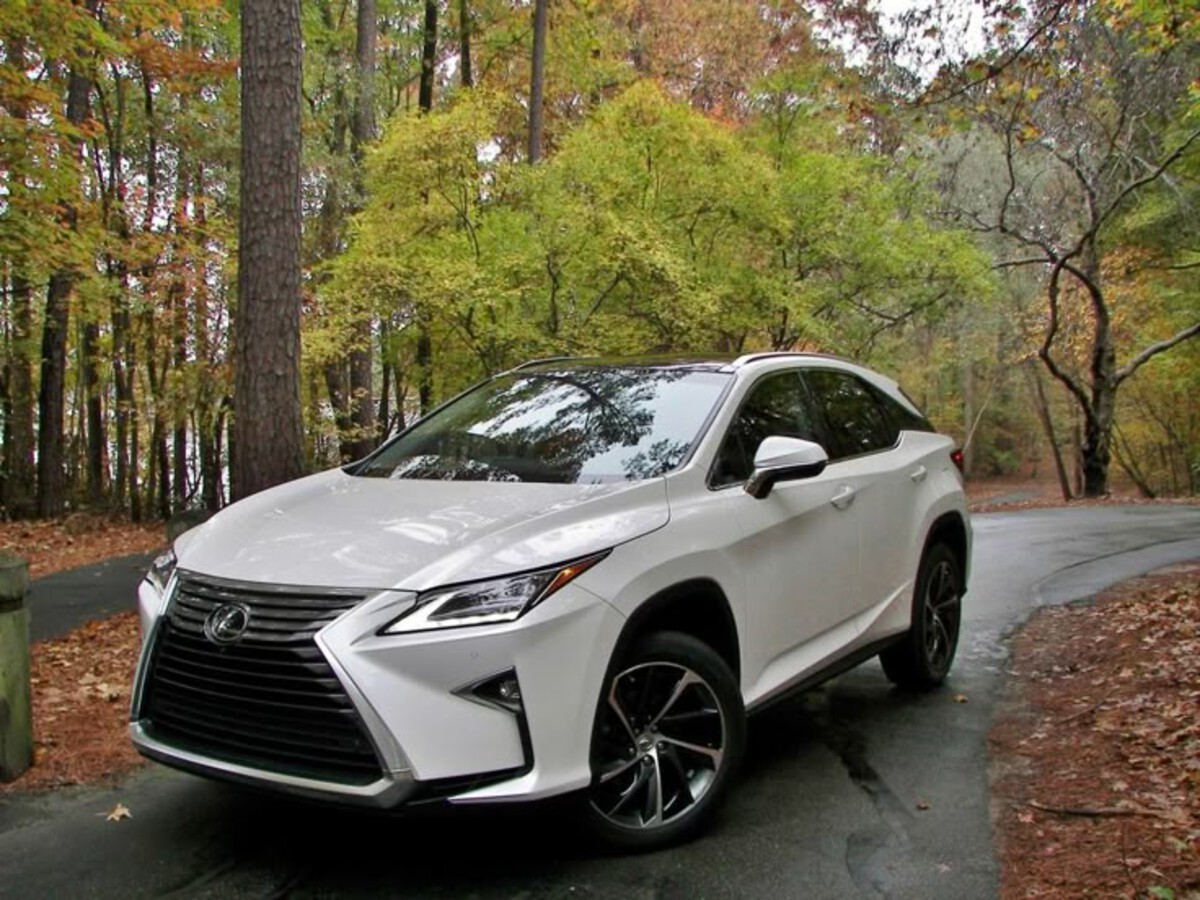
3. Lexus RX 450h (2010–2015)
The Lexus RX 450h is a luxury hybrid SUV that combines performance with long-term dependability. Built with the same hybrid drive principles as Toyota models, the RX 450h shares many of the same battery design strategies that make long-term performance possible. Many of these SUVs are still on the road with their original battery packs after more than a decade. It’s not uncommon to find vehicles from this era with over 200,000 miles still operating without battery-related issues.
The battery pack in this Lexus is positioned beneath the rear seats and is well protected from both physical damage and temperature extremes. The vehicle uses a robust thermal management system, along with a conservative charge cycle, to keep battery degradation at bay. This combination means the battery is rarely pushed to its limits. The hybrid system prioritizes longevity over aggressive energy usage, making it less likely to fail early.
The RX 450h also benefits from Lexus’s build quality and attention to detail. Owners frequently cite the smooth transition between electric and gas power as well as the quiet operation, both of which indicate a system that is working efficiently. Over time, fewer breakdowns and battery-related issues have been reported in this model compared to many others in its class. Maintenance costs, including those related to the battery, remain surprisingly reasonable for a luxury vehicle.
In terms of resale value, the RX 450h has held up well, partly because of its battery reputation. Buyers in the used market often feel confident purchasing this model, even with higher mileage, because the hybrid system continues to prove its durability. Combined with the upscale interior and strong reliability ratings, this Lexus is often regarded as one of the best luxury hybrid SUVs when it comes to long-term battery performance.
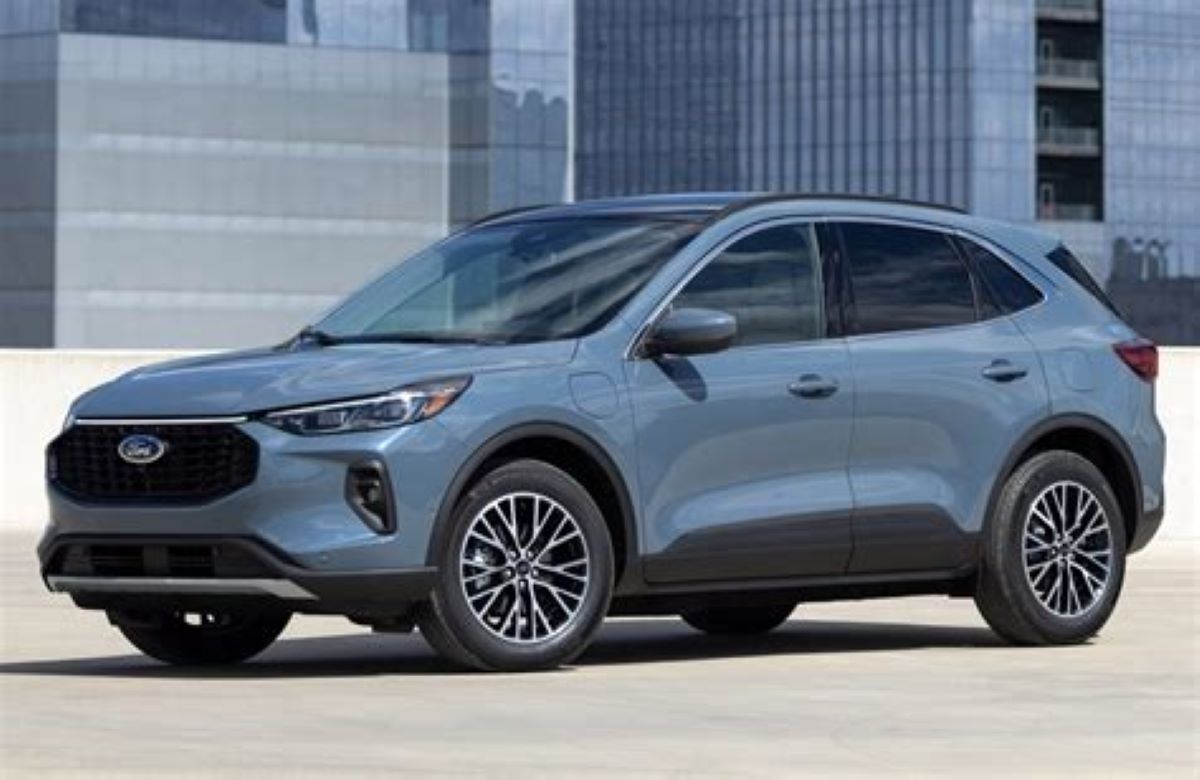
4. Ford Escape Hybrid (2005–2012)
The first-generation Ford Escape Hybrid, especially models from 2005 to 2012, surprised many by offering strong battery life despite being an early American hybrid effort. The Escape Hybrid used a nickel-metal hydride battery, and Ford partnered with Toyota for some of the hybrid technology, including the battery control systems. This led to a vehicle that functioned reliably for many years and didn’t suffer from premature battery failure the way some competitors did.
Many early Escape Hybrids are still in use today, especially in government fleets and taxi services, which are demanding environments for any car. It’s not unusual to find examples with 250,000 miles on the original battery. The vehicle’s hybrid system was engineered conservatively, and it did not overuse the battery in ways that would shorten its life. Battery charging and discharging were managed carefully by the system’s software, and this made it possible for the pack to maintain performance over the long haul.
One key strength of the Escape Hybrid is the relative simplicity of the battery layout and ease of access. The battery pack sits under the rear cargo area and is well protected, yet accessible enough for replacement or servicing if needed. Cooling for the battery is adequate, and failures due to overheating are very rare in these models. Many owners have gone years without having to perform any hybrid-specific maintenance.
Even though this was one of Ford’s earliest hybrids, the company managed to build a vehicle with surprisingly strong hybrid durability. Battery replacements are not frequently needed, but when they are, refurbished options are available at a reasonable price. This car helped establish that hybrids could be viable long-term options outside of the Toyota lineup and proved Ford could make a hybrid SUV with staying power.
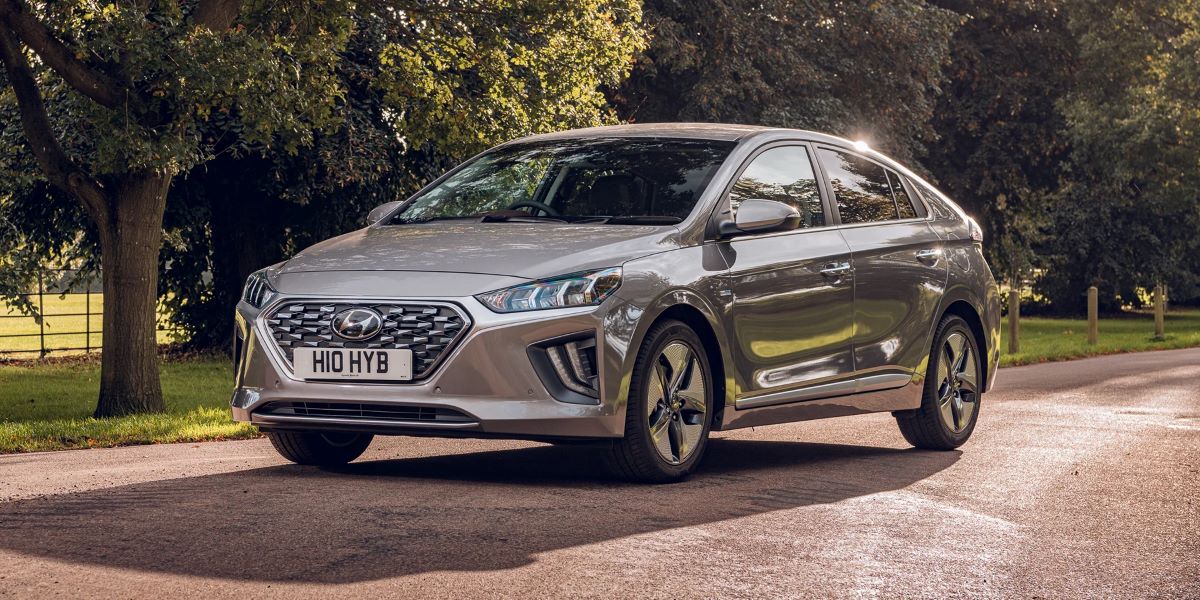
5. Hyundai Ioniq Hybrid (2017–2021)
The Hyundai Ioniq Hybrid introduced a modern and efficient hybrid system backed by an industry-leading warranty. Its lithium-ion polymer battery, while newer in the hybrid world, has shown excellent long-term potential. Hyundai’s system avoids deep discharge cycles and uses smart thermal control to protect battery health. Early models from 2017 and beyond are now reaching 8 years of age, and reports of battery failures remain very low.
Hyundai engineered the Ioniq’s hybrid system with reliability and efficiency in mind. The battery is tucked under the rear seats and remains well-insulated from heat. Thermal control is achieved through both passive and active systems. Because the Ioniq is lighter than many other hybrids, the strain placed on the battery during acceleration and braking is reduced, which likely contributes to its durability over time.
Another factor that builds confidence in the Ioniq’s battery life is the extensive warranty coverage offered by Hyundai. Many models came with lifetime battery warranties for original owners, which is a strong indicator that the company had confidence in its technology. While warranty terms for second owners vary, the battery’s low failure rate suggests it won’t be a major cost concern even after several years of use.
Feedback from long-term owners supports the claim that the Ioniq Hybrid is a dependable choice. The vehicle continues to perform well after years of driving without significant battery degradation. When combined with strong fuel efficiency and a modern interior, the Ioniq Hybrid stands out as a newer option that is likely to maintain battery health for a full decade or longer with proper care.
Hybrids That Fail in Five
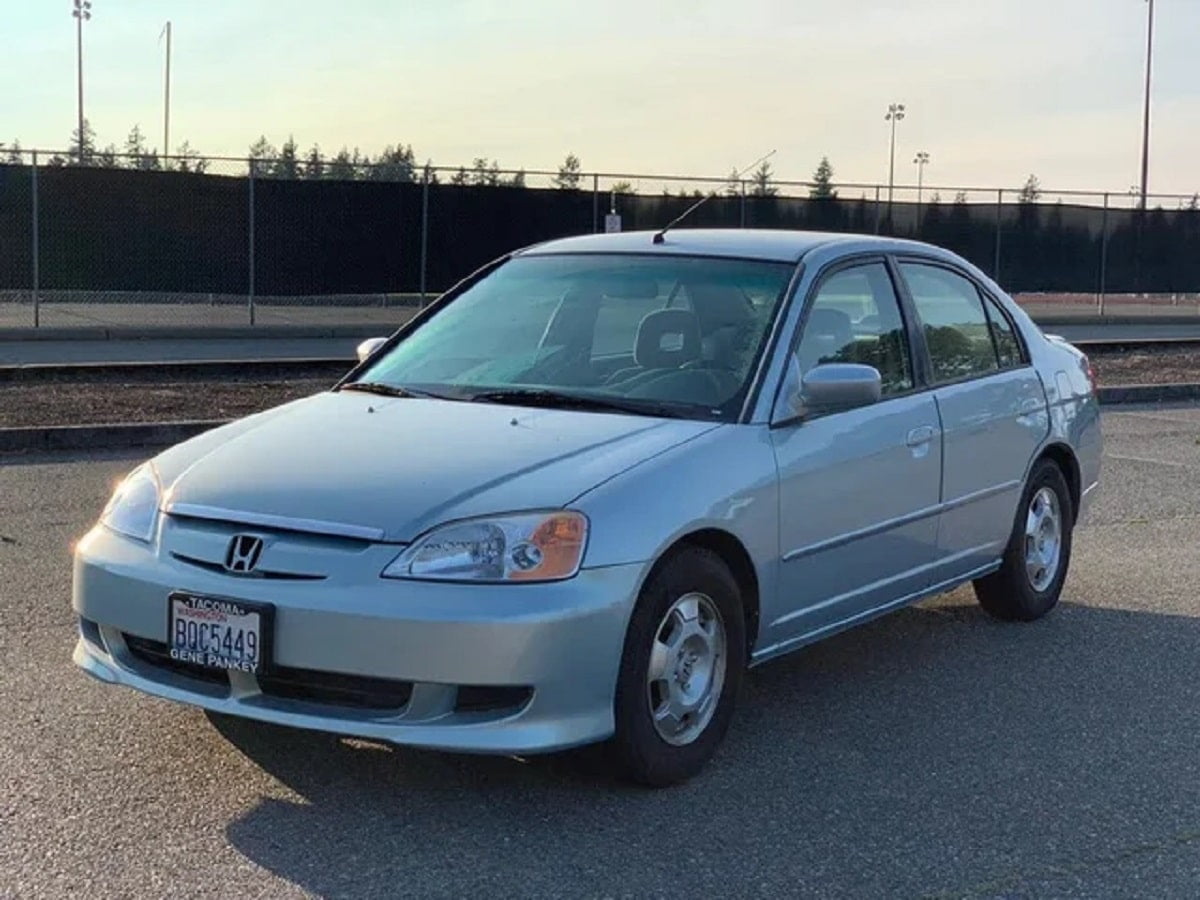
1. Honda Civic Hybrid (2003–2008)
The early 2000s Honda Civic Hybrid introduced many drivers to the benefits of hybrid technology in a compact form. Unfortunately, its battery performance left much to be desired. One of the most common issues faced by owners of the 2003 to 2008 Civic Hybrid was the premature failure of the battery pack.
Many owners reported battery degradation or outright failure in under five years, often with less than 100,000 miles on the vehicle. The main reason was the battery technology used in these models, which did not hold up well under real-world conditions. While the fuel economy was decent, the battery system often couldn’t keep up with the demands of daily driving over time.
Honda used nickel-metal hydride batteries in this model, but their management system was not as refined as Toyota’s. Unlike the Prius, which maintained the battery within a narrow and protective range of charge, the Civic Hybrid’s system allowed for a wider swing in battery usage.
This caused the battery to cycle more aggressively, which led to faster degradation. Drivers would often notice a significant drop in electric assist or see warning lights related to the hybrid system within a few years of ownership. In some cases, the car’s performance would become sluggish or inconsistent, especially during acceleration, once the battery began to lose capacity.
Another issue was that Honda initially did not offer a clear, long-term solution for battery failures in these vehicles. Many owners were left with the option of paying for a new battery out of pocket, which could cost between $2,000 and $3,000.
Honda did issue a software update meant to address battery problems, but critics pointed out that it mostly limited battery use to reduce further degradation rather than fixing the root cause. This led to even worse performance in many cases, and some owners felt penalized for buying a hybrid that didn’t hold up as expected.
Even today, the Civic Hybrid from this era has a reputation for being one of the less reliable hybrid options on the used market. Battery failures are so common that many dealerships won’t offer warranties on them, and resale value is typically lower than that of comparable non-hybrid Civics.
For drivers looking for a long-lasting hybrid, this model is often cited as a cautionary tale. While Honda learned from these early mistakes in later models, the damage to the Civic Hybrid’s reputation during this period was significant.
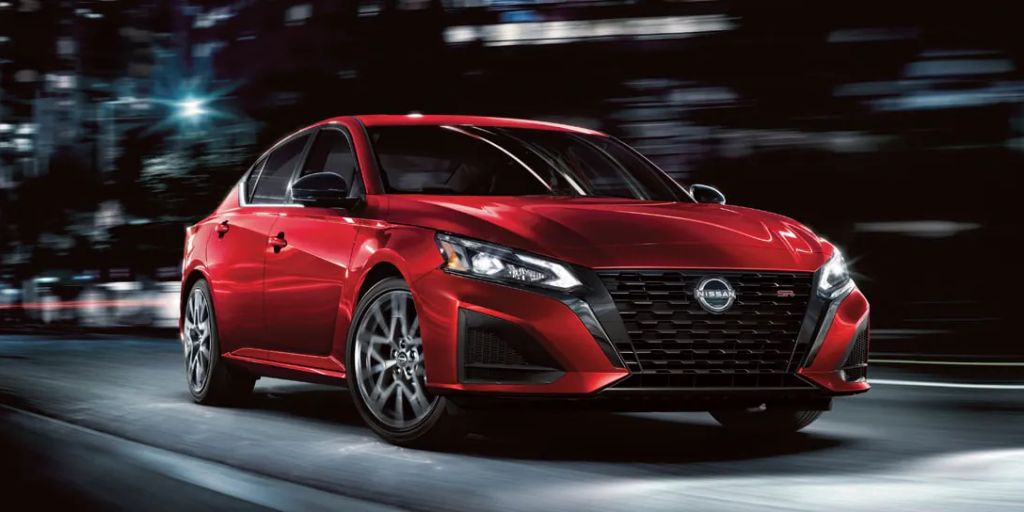
2. Nissan Altima Hybrid (2007–2011)
The Nissan Altima Hybrid was an attempt to break into the hybrid sedan market with a midsize car that offered decent fuel economy and familiar styling. While the Altima Hybrid was built using Toyota’s Hybrid Synergy Drive technology under license, it didn’t receive the same level of refinement or long-term battery support.
A frequent criticism of this model is that its battery packs often fail within five years of regular use. Reports from owners and mechanics highlight that the hybrid battery doesn’t age well, especially in hotter climates where thermal management becomes a more significant factor.
One problem with the Altima Hybrid was that Nissan didn’t build its own robust support network for hybrid maintenance. The car was sold in limited markets and never achieved mainstream success, which made parts availability and technician training a challenge.
As a result, when battery issues did occur, owners found it difficult to get timely or affordable service. Even though the hybrid system was based on proven Toyota technology, Nissan’s implementation seemed rushed, and it lacked the thoughtful design that protected battery life in Toyota vehicles. This led to an unexpectedly high rate of early battery failures.
Another contributing factor was the battery’s placement and cooling system. Unlike Toyota hybrids that feature active cooling with dedicated fans, the Altima Hybrid relied more heavily on passive cooling methods.
In warm or hot climates, this resulted in frequent overheating of the battery, especially during long trips or city driving with a lot of stop-and-go traffic. Over time, repeated exposure to high internal temperatures caused cells to degrade, and performance began to decline. Drivers noticed that fuel economy dropped significantly and that the hybrid system became less responsive.
As the vehicle aged, many owners were left with few good options. Nissan discontinued the model after just a few years and didn’t offer long-term support for battery replacements. Aftermarket battery packs were expensive and hard to find, and the resale value of the Altima Hybrid plummeted.
Many owners chose to sell the vehicle at a loss or convert it to operate without the hybrid function. It’s an example of how a good concept, when not properly supported or executed, can lead to disappointing outcomes for consumers.
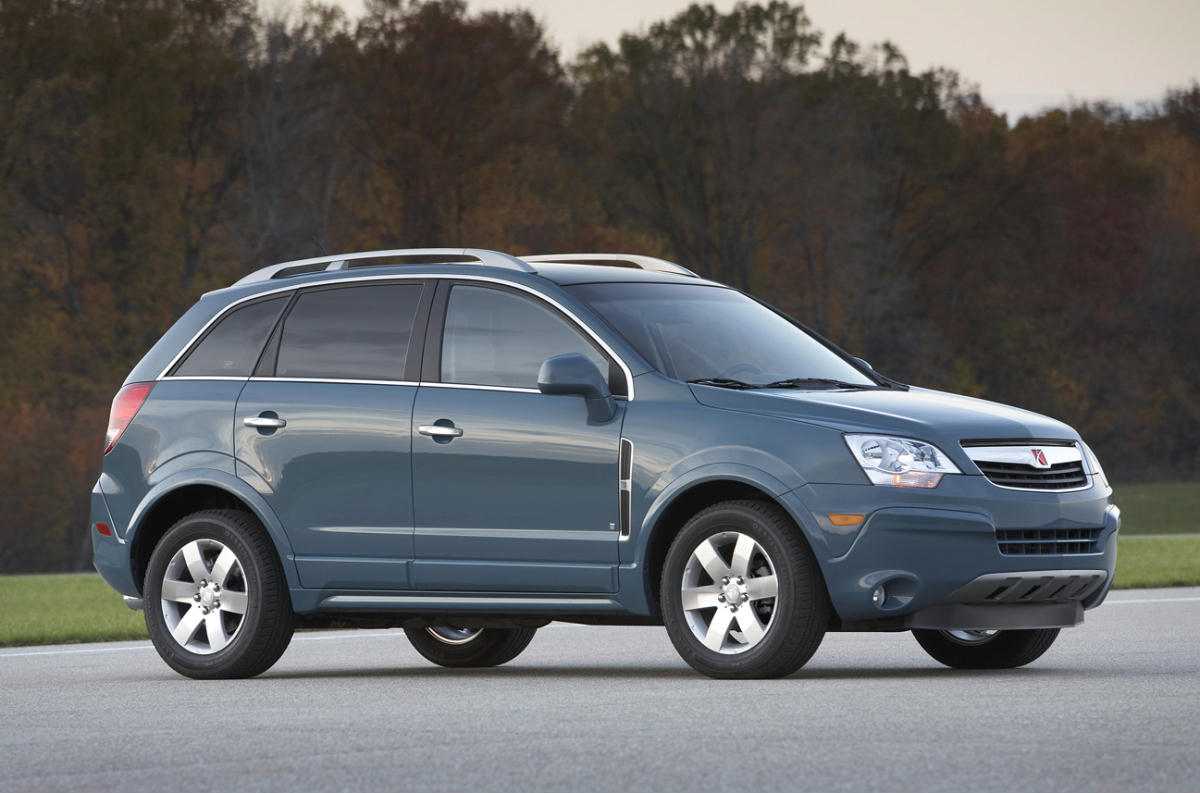
3. Saturn Vue Green Line (2007–2009)
The Saturn Vue Green Line was marketed as a more affordable hybrid SUV option, but it suffered from several shortcomings, especially when it came to the longevity of its battery system. General Motors opted for a “mild hybrid” system called BAS (Belt Alternator Starter), which provided modest fuel savings but placed unusual demands on a relatively small battery.
The Vue Green Line didn’t offer electric-only driving, and the battery was mostly used to assist during acceleration and to support the start-stop feature. Despite these limited uses, the battery often showed signs of failure in less than five years.
One of the primary issues was the size and capacity of the battery itself. The system used a 36-volt nickel-metal hydride battery, which was undersized for the vehicle’s weight and driving demands. Because the battery had limited capacity, it cycled more frequently, which caused it to wear out more quickly.
Owners began reporting that the hybrid functionality would stop working altogether, and the vehicle would revert to conventional gas-powered operation. Once the hybrid battery failed, there was little benefit to the system remaining in place.
The mild hybrid setup also made repairs more complicated. Unlike full hybrids that used well-developed drive systems and industry-standard components, the Vue’s BAS system was unique and less understood. As a result, many repair shops couldn’t service it properly, and the cost to replace the battery was disproportionately high for the amount of performance it offered. Given that the hybrid system only improved fuel economy by a few miles per gallon, many owners questioned whether it was worth repairing at all.
GM’s decision to shut down the Saturn brand also complicated things. Parts became harder to find, and long-term support for the hybrid system essentially disappeared. Owners who experienced battery issues were often left without a clear path forward. While the Vue Green Line may have made sense on paper, in practice, it served as a reminder that not all hybrid systems are created equal. Battery failures in this vehicle are not just common but often terminal for its hybrid functions.

4. Chevrolet Malibu Hybrid (2008–2010)
The Chevrolet Malibu Hybrid from 2008 to 2010 suffered from many of the same issues as the Saturn Vue Green Line, as it also used the same BAS mild hybrid system. This system, while cost-effective for GM to produce, lacked the durability and depth of functionality that full hybrids offered.
The Malibu Hybrid’s battery was often cited as the weak point of the vehicle, and many owners found that the small battery degraded rapidly, often failing within five years. This led to a loss of hybrid assistance and, in some cases, difficulty with starting the vehicle.
The battery in the Malibu Hybrid is a 36-volt nickel-metal hydride unit, similar to that used in the Vue. The system is meant to assist the engine during acceleration and to enable a basic stop-start function. However, the battery is too small to handle these repeated tasks over many years of regular driving. The lack of a robust cooling system also contributes to battery overheating, especially in warm climates or during summer months. Once cells begin to fail, the entire hybrid system loses efficiency, and fuel economy drops.
Another issue lies in the limited savings the hybrid system actually offers. Unlike Toyota or Honda hybrids that can see a 30% or greater increase in fuel economy, the Malibu Hybrid only improves mileage by about 3 to 4 miles per gallon compared to the standard gas version.
So when the battery begins to fail, the cost of replacement doesn’t seem justified. Many owners simply ignored the hybrid functions after failure, since the vehicle can still run as a standard gasoline car. However, this leaves unused and possibly hazardous battery components in place.
Resale values for the Malibu Hybrid are among the lowest in its segment, primarily due to battery concerns and lack of confidence in the longevity of the hybrid system. Replacement parts are limited, and few technicians specialize in the BAS system.
This vehicle is often used as an example of how a well-intentioned hybrid system can fall short when not paired with a long-lasting battery and proper thermal management. Buyers today tend to avoid these models unless they’re prepared for potential early battery replacements.

5. Toyota Camry Hybrid (2007–2011)
While Toyota is generally known for building durable hybrids, the early years of the Camry Hybrid revealed some weak spots. The 2007 to 2011 models used nickel-metal hydride batteries that, while effective in the Prius, did not perform quite as well in the heavier and more powerful Camry.
Some owners reported battery failures or noticeable performance drops before the five-year mark, especially in regions with extreme temperatures. Unlike the Prius, which was optimized for battery conservation, the Camry Hybrid placed more stress on the battery to maintain acceleration and performance in a larger vehicle.
The Camry Hybrid from this era also had some issues with its cooling system for the battery. The air intake vents that supply cooling to the battery pack can become clogged with dust and debris over time, especially if not cleaned regularly. Once airflow becomes restricted, the battery is more likely to overheat, which significantly reduces its lifespan.
If owners were unaware of this maintenance requirement, their batteries degraded faster than expected. In some cases, the first signs were subtle, like reduced fuel efficiency or weak acceleration, but these often progressed to full battery failure.
Another problem was the cost of replacing the battery in the Camry Hybrid. While Prius batteries are widely available and relatively inexpensive due to high production volume, Camry Hybrid batteries are less common and more expensive.
Some owners faced quotes of $3,000 to $4,000 for replacement, which caused concern in the used car market. Many buyers opted for third-party refurbished battery packs, which carried their risks in terms of long-term reliability. Toyota did not always offer comprehensive support for these issues outside of the warranty period.
Despite Toyota’s strong reputation in the hybrid space, the early Camry Hybrid models demonstrate that even industry leaders can produce vehicles with less-than-ideal battery performance. Later models improved significantly in both design and battery longevity, but the 2007–2011 Camry Hybrid remains a mixed bag. It’s a reminder that vehicle weight, battery placement, and thermal design must all be aligned to ensure long-lasting battery health. Without those factors in place, even a Toyota hybrid can fall short of expectations.
Also Read: 5 Budget-Friendly Trucks That Last vs 5 Expensive Trucks That Don’t
When looking at the long-term performance of hybrid vehicles, especially from the perspective of battery durability, the difference between a well-engineered system and a poorly implemented one becomes clear. Battery life is not just about the chemistry or size of the pack; it’s about how the entire hybrid system interacts with it.
From thermal regulation and charge cycling to software tuning and vehicle design, every detail contributes to how long a hybrid battery will last. The vehicles with strong reputations for battery longevity, such as the Toyota Prius, Lexus RX 450h, and Ford Escape Hybrid, all share common traits. They use conservative battery management, efficient cooling, and balanced powertrain systems that avoid overstressing the battery during everyday driving.
On the other hand, the hybrids that frequently suffer battery failures in five years or less often share a different set of characteristics. These include undersized battery packs, weak cooling systems, poor long-term manufacturer support, and hybrid systems that seem to be added as an afterthought rather than built into the car from the ground up.
Vehicles like the Honda Civic Hybrid (2003–2008) and Saturn Vue Green Line highlight what happens when cost-saving measures take priority over durability. Even respected automakers can produce hybrids that underperform if the battery system isn’t designed with longevity in mind.
Another lesson is the importance of support and parts availability. Cars like the Nissan Altima Hybrid and Chevrolet Malibu Hybrid not only suffer from battery problems but also lack strong networks for repairs and replacements. Once a hybrid battery fails, the car may still run on gasoline alone, but it loses much of its value and efficiency.
This puts owners in a difficult position, especially when the cost of battery replacement exceeds the value of the vehicle. In contrast, models like the Hyundai Ioniq Hybrid come with long warranties and a track record that builds buyer confidence, even as they age past the five-year mark.
For buyers considering a used hybrid, understanding battery life is crucial. It’s not enough to assume that all hybrids are reliable just because of the brand name or fuel economy ratings. Researching real-world performance, owner experiences, and typical battery replacement timelines can help avoid expensive surprises.
Paying attention to battery location, type, and manufacturer warranty terms also plays a significant role in making a smart decision. Choosing a hybrid known for its ten-year battery track record can provide many years of dependable service. On the other hand, selecting one with a high rate of early battery failure can turn a cost-saving vehicle into an unexpected financial burden. As hybrid technology continues to evolve, these lessons remain critical for anyone looking to balance efficiency with long-term value.
